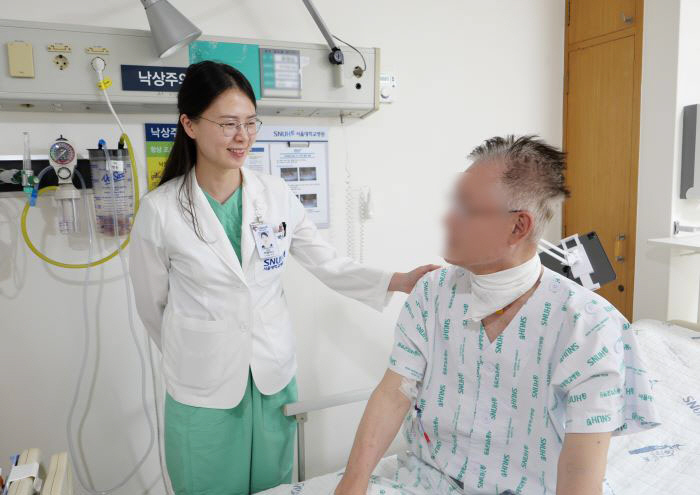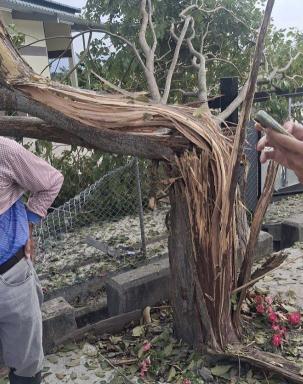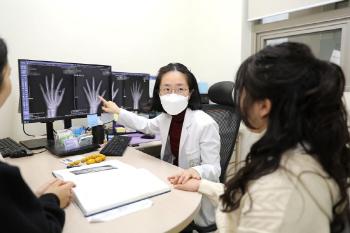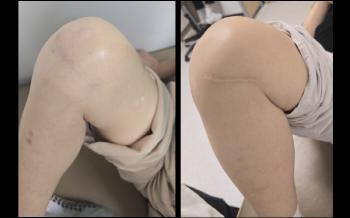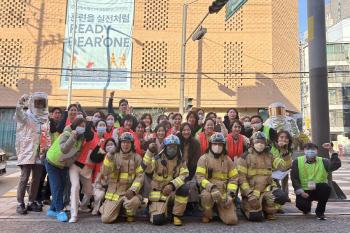Seoul National University Hospital succeeded in Korea's first robotic lung transplant...Minimize patient burden with minimal invasion
|
This operation is considered so difficult that it is possible only in a small number of hospitals around the world, including NYU Langone Hospital, Cedars-Sinai Hospital, Duke University Hospital, Cleveland Clinic, and Vall d'Hebron Hospital, and Seoul National University Hospital is drawing attention from the medical community for safely and precisely performing lung transplantation through minimally invasive robot surgery.
In particular, this case is significant in that robotic lung transplantation was successfully performed even for Korean patients with small size. In general, robotic lung transplantation is an optimized technology for Western body types, which has been considered a tricky attempt due to difficulty in accessing the surgical site and limited robotic arm manipulation in narrow chest structures. However, Seoul National University Hospital has overcome these limitations by using a robotic surgery system (Davinci) and proved that it is possible to transplant robot lungs safely and effectively even for Korean body types.
The patient who underwent surgery is Yoon Byung-seop, a 66-year-old man who has suffered severe breathing difficulties due to pulmonary fibrosis. Pulmonary fibrosis is a chronic disease in which lung tissue gradually hardens and functions deteriorate, and recovery is often difficult only with medication or oxygen therapy. The patient's symptoms also worsened rapidly, making it difficult to treat except for lung transplantation.
After comprehensively judging the patient's condition, the medical staff at Seoul National University Hospital decided and performed a robotic lung transplant on the 19th of last month. The operation was performed over about 8 hours by minimally incision between the ribs, removing the damaged lung using a robotic arm, and precisely transplanting the donated lung. Currently, the patient is recovering fast enough to be able to breathe naturally without oxygen supply.
Yun Byung-seop said, "Before, it was too much to even breathe, but now I have recovered enough to be able to live my daily life without oxygen"We are deeply grateful to the donors who gave us precious lives and to the medical staff who performed the surgery," he said.
Robotic lung transplantation has the advantage of having a smaller incision range, less bleeding and pain, and faster recovery than conventional thoracic surgery. Medical staff can check the surgical site in three dimensions through high-definition 3D images, and perform complex resection and sutures through precise robotic arms. In particular, the lungs are located adjacent to the heart, major blood vessels, and organs, requiring a high degree of precision, and robotic surgery greatly improves the stability and efficiency of such surgery.
The surgery was based on the multidisciplinary cooperation system of Seoul National University Hospital. Experts in various fields, including cardiovascular thoracic surgery, anesthesiology pain medicine, and surgical nursing, worked together organically to respond quickly and accurately to various variables that may occur during surgery.
Professor Sam-na Park (Cardiovascular Thoracic Surgery), who conducted the operation, said "This operation is an important example of proving that precise lung transplantation is possible even in small-sized patients while reducing the burden of recovery through minimally invasive robotic surgery.".
With this achievement, Seoul National University Hospital plans to actively expand robotic surgery in the field of high-level surgery, provide patients with more precise and safe treatment options, and further solidify its position as a leading global robotic surgery institution.
This article was translated by Naver AI translator.
